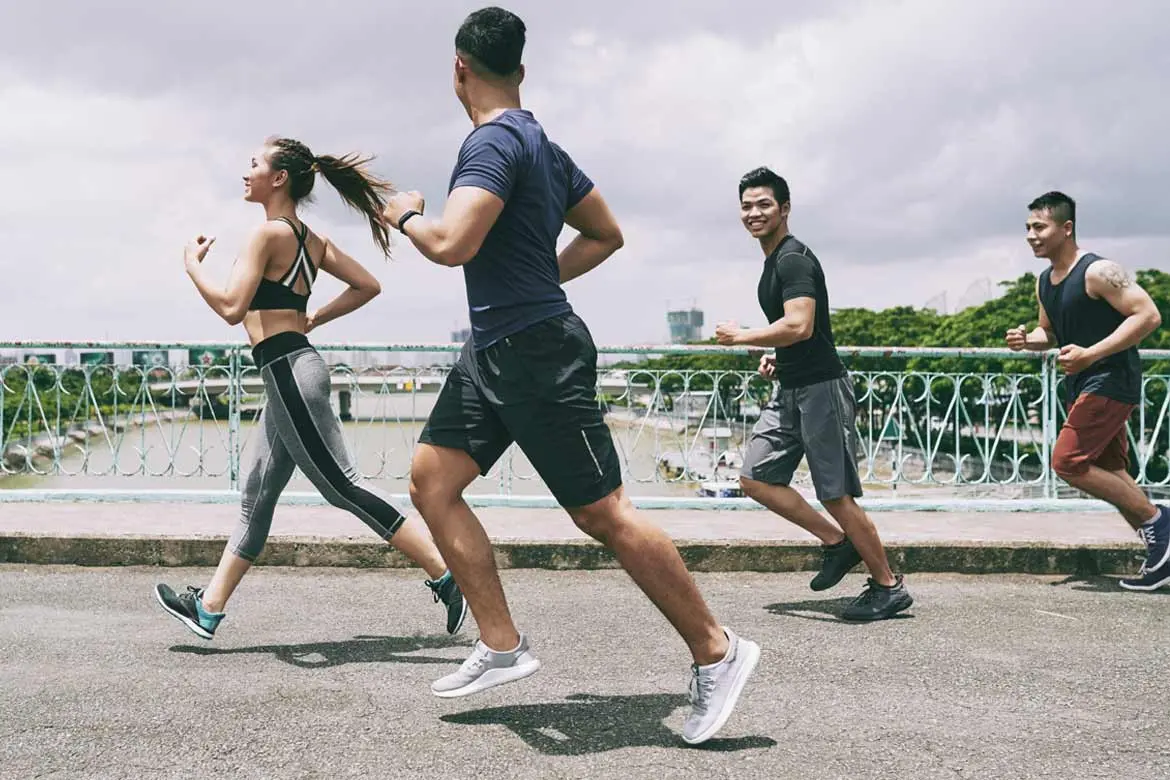Dr Ramesh Subramaniam
Orthopaedic Surgeon


Source: Shutterstock
Orthopaedic Surgeon
Sports injuries often occur while you’re exercising or taking part in sports. Adolescents and adults are more susceptible to sports injuries, but children can get them too. Here are some of the most common causes of sports injuries:
Different sports can cause different injuries. Here are three popular sports and 9 of the most common injuries that can happen:
The anterior cruciate ligament (or ACL) is one of the key ligaments that help stabilise your knee joint. It connects the thighbone to the shinbone. An ACL tear usually occurs during sports that involve sudden stops or changing directions, jumping and landing, or pivoting with your foot firmly planted. You may hear or feel a “pop” in the knee when the injury occurs. An ACL tear can cause your knee to swell, feel unstable, and become too painful to carry your weight.
A groin strain occurs when you put too much stress on the muscles in your groin and thigh. When these muscles are tensed too forcefully or abruptly, it can cause them to be overstretched or result in a tear. Athletes who take part in sports that require a lot of running, kicking, twisting, and jumping are more prone to groin strains. There are 3 degrees of groin strain that vary in severity, with Grade 1 being the most manageable and Grade 3 being the most severe:
Grade 1: Mild pain, but with little loss of strength or movement
Grade 2: Moderate pain, with loss of strength or movement and some tissue damage
Grade 3: Severe pain, complete loss of strength or movement due to complete muscle tear
The hamstring is actually a group of three muscles that run along the back of your thigh, allowing you to bend your leg at the knee. When you get a hamstring pull (or hamstring strain), one or more of the three muscles gets overloaded and may even tear. Participating in sports that involve a lot of running, jumping, and sudden stopping and starting carries risk of hamstring injury. You may experience pain at the back of your leg when you bend or straighten your leg, as well as tenderness, swelling, and bruising.
Ligaments important stabilisers of joints and prevent excessive movement. When you force the ligaments in your ankle beyond their normal range of motion, you risk getting an ankle sprain. Most sprained ankles involve injuries to the ligaments on the outer side of the ankle. This usually occurs when you roll, twist, or turn your ankle in an unnatural way. Symptoms include pain when you bear weight on the ankle, tenderness, swelling and bruising.
Tendonitis (also known as tendinitis) is the inflammation of the tendon caused by overuse or injury to the tendon usually while playing sports. It can affect different parts of the body like your elbows, wrist, finger, and thigh. One of the most common types of tendonitis is Achilles tendinitis which occurs when the Achilles tendon is put under excessive strain, causing inflammation. When left untreated, the tendon can get torn or ruptured.
Shin splints (also referred to as medial tibial stress syndrome) is pain along the shin bone and is very common among runners. It may also occur in athletes who have intensified or changed their training routines, causing the muscles, tendons, and bones to be overworked. They can get inflamed and painful. You may also notice tenderness or soreness along the inner side of your shin bone and mild swelling in your lower leg.
Stress fractures are tiny cracks in a bone caused by repetitive force and overuse, such as jumping up and down and running long distances. However, they can also occur with normal use of a bone that’s weakened by osteoporosis. These fractures often occur in the weight-bearing bones of the lower leg and foot.
Wrist injuries such as wrist sprains are some of the most common injuries that basketball players experience. A wrist sprain occurs when the ligaments that support the wrist are stretched beyond their limits and torn. This can happen when the wrist is bent or twisted forcefully, such as when you fall onto an outstretched hand.
Hip strains are another common injury associated with basketball. A hip strain occurs when the muscles supporting the hip joint are stretched beyond their limits or torn, limiting the hip’s range of motion. It can occur from a fall onto the court, colliding with another player, or overuse. Symptoms of a hip strain include pain, swelling, and muscle weakness.
For the most part, sports injuries can be easily avoided by doing the following:
If you have existing sport injuries, you can treat them based on the RICE acronym:
In addition to applying the RICE method, you can also take over-the-counter pain relievers to help manage the pain.
For most sports injuries, using the RICE method at home should be sufficient treatment. However, you may need to seek medical attention or go to your nearest Urgent Care Centre (UCC) if you’re experiencing the following symptoms:
If your condition does not improve over time and you develop a chronic injury, consider consulting an orthopaedic specialist to evaluate your condition and discuss your treatment options.